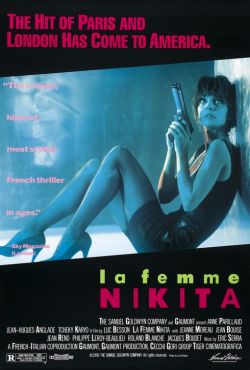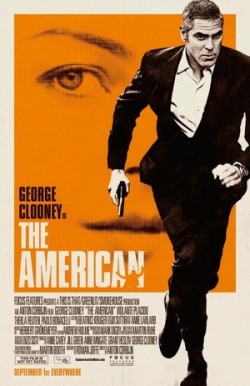 The first Resident Evil film was decidedly mediocre, but it wasn’t a complete waste of celluloid. It also managed to pull in a decent amount of bank at the box-office, so it’s no surprise that a sequel would hit theaters two years later. Especially one in which Milla Jovovich flashes her boobs amidst scenes of zombie murdering. Bam. You just guaranteed that every serious male geek will come to your movie. It’s no surprise, then, that not much work was put into it. None was required in order to make a profit.
The first Resident Evil film was decidedly mediocre, but it wasn’t a complete waste of celluloid. It also managed to pull in a decent amount of bank at the box-office, so it’s no surprise that a sequel would hit theaters two years later. Especially one in which Milla Jovovich flashes her boobs amidst scenes of zombie murdering. Bam. You just guaranteed that every serious male geek will come to your movie. It’s no surprise, then, that not much work was put into it. None was required in order to make a profit.
In case you missed the first one, here are the basics: the Umbrella Corporation has developed a virus that can bring the dead back to life. It was unleashed in an underground lab called The Hive in the first film. Alice (Milla Jovovich), former head of security, managed to fight her way out before being captured by Umbrella for unknown reasons. It’s not exactly rocket science.
The second film in the survival horror franchise finds the T-virus having spread to the surface, infecting the residents of Raccoon City. The Umbrella Corporation establishes a security perimeter around the entire city to quarantine the area, essentially meaning that anyone trapped inside is doomed, because as an evil film corporation their job is just to mess up people’s lives. As a result of experiments performed on her by her former employers, Alice now has superhuman strength and agility. That’s going to come in handy when she has to take down wave after wave of zombies, Umbrella security teams, and Matt in order to survive.


